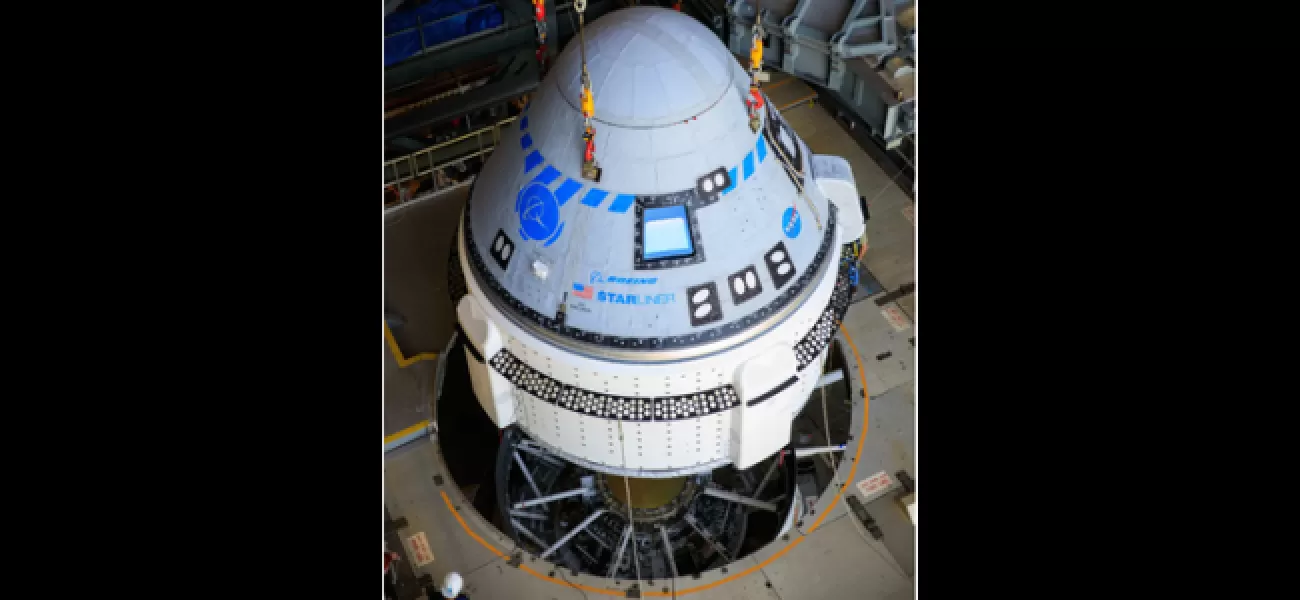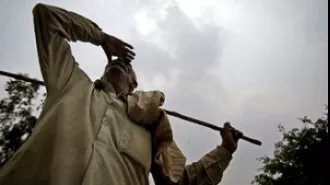NASA expects Boeing Starliner to carry astronauts on May 25.
Boeing's Starliner mission to carry NASA astronauts has been delayed due to a helium leak in one of its thrusters. New launch date set for May 25.
May 18th 2024.

The highly anticipated crewed mission of Boeing Starliner has faced yet another delay, as NASA announced on Saturday that a helium leak was detected in one of the capsule's thrusters. This delay pushes back the launch date for the spacecraft, which is set to carry NASA astronauts Butch Wilmore and Sunita Williams to the International Space Station, to May 25.
In a recent update, NASA stated that they, along with Boeing and United Launch Alliance, are now targeting a launch time of 3:09 pm ET on May 25 for the agency's Boeing Crew Flight Test mission. The additional time will be used by the teams to address the stable helium leak on the Starliner's service module.
This delay comes after the mission was originally scheduled for May 7 but was scrapped just two hours before launch due to a valve issue on the upper stage of the Atlas V rocket. The launch was then rescheduled for May 10 and later May 21, but was pushed back again due to the helium leak.
On May 15, NASA conducted a pressure test on the Starliner's helium system, which showed that the leak in the flange was stable and would not pose a risk during the flight. They also confirmed that the rest of the thruster system was effectively sealed across the entire service module.
Boeing has stated that their teams are currently working on developing operational procedures to ensure that the system maintains sufficient performance capability and redundancy during the flight. In the meantime, the ULA Atlas V rocket and Starliner spacecraft remain in the Vertical Integration Facility at Space Launch Complex-41 in Florida.
As the pre-launch operations continue, the astronauts Wilmore and Williams will remain quarantined in Houston. This mission holds great significance as it aims to carry astronauts and cargo for future NASA missions to low Earth orbit and beyond.
In a recent update, NASA stated that they, along with Boeing and United Launch Alliance, are now targeting a launch time of 3:09 pm ET on May 25 for the agency's Boeing Crew Flight Test mission. The additional time will be used by the teams to address the stable helium leak on the Starliner's service module.
This delay comes after the mission was originally scheduled for May 7 but was scrapped just two hours before launch due to a valve issue on the upper stage of the Atlas V rocket. The launch was then rescheduled for May 10 and later May 21, but was pushed back again due to the helium leak.
On May 15, NASA conducted a pressure test on the Starliner's helium system, which showed that the leak in the flange was stable and would not pose a risk during the flight. They also confirmed that the rest of the thruster system was effectively sealed across the entire service module.
Boeing has stated that their teams are currently working on developing operational procedures to ensure that the system maintains sufficient performance capability and redundancy during the flight. In the meantime, the ULA Atlas V rocket and Starliner spacecraft remain in the Vertical Integration Facility at Space Launch Complex-41 in Florida.
As the pre-launch operations continue, the astronauts Wilmore and Williams will remain quarantined in Houston. This mission holds great significance as it aims to carry astronauts and cargo for future NASA missions to low Earth orbit and beyond.
[This article has been trending online recently and has been generated with AI. Your feed is customized.]
[Generative AI is experimental.]
0
0
Submit Comment





